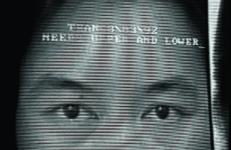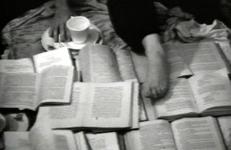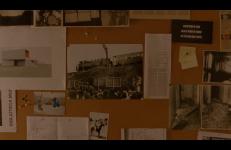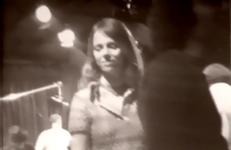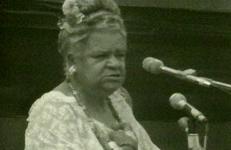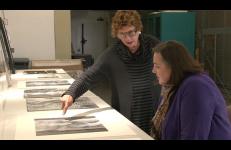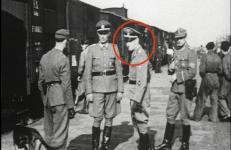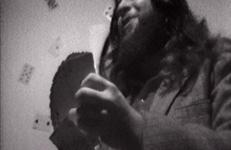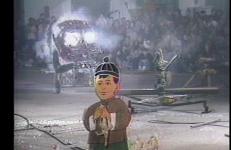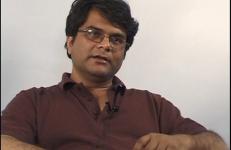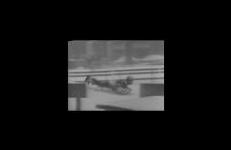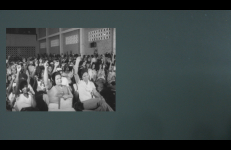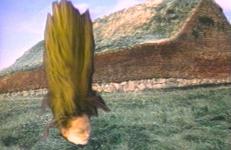The artist visits with seven cosmetic surgeons specializing in blepharoplasty (cosmetic eyelid creasing surgery) in the West Hollywood/Beverly Hills area for initial consultation sessions. The doctors demonstrate different reshaping options and comment upon the prevalence and success rates for different Asian nationalities while Tran presents statistics and facts in text that frame the consultations.
This title is also available on Tran, T. Kim-Trang: The Blindness Series.




